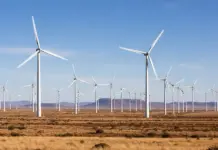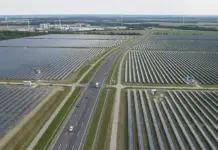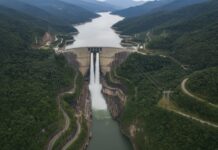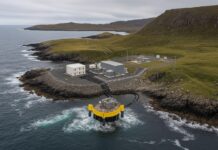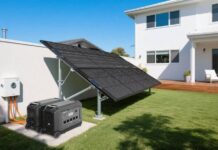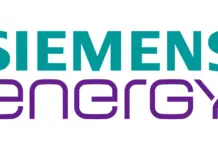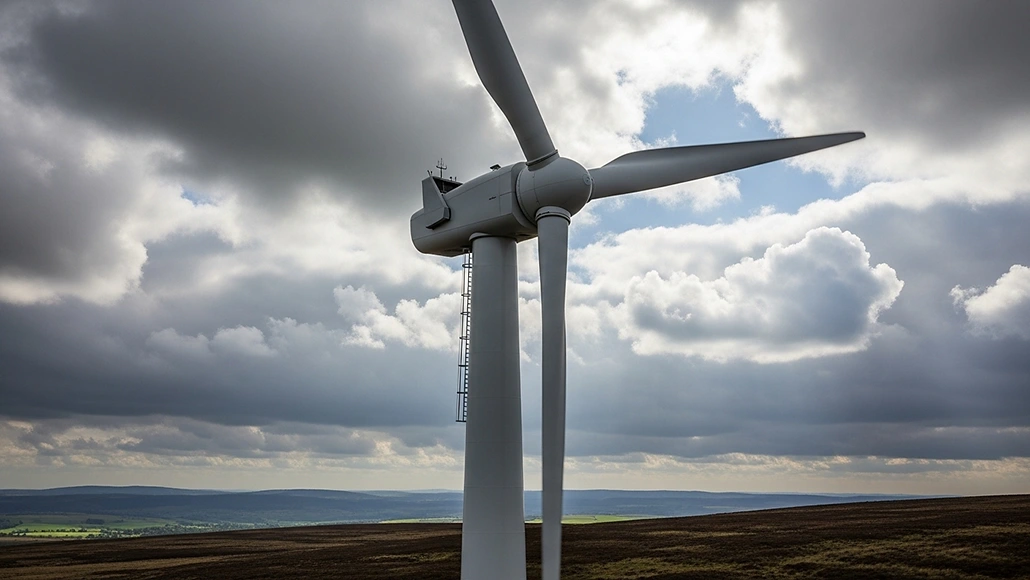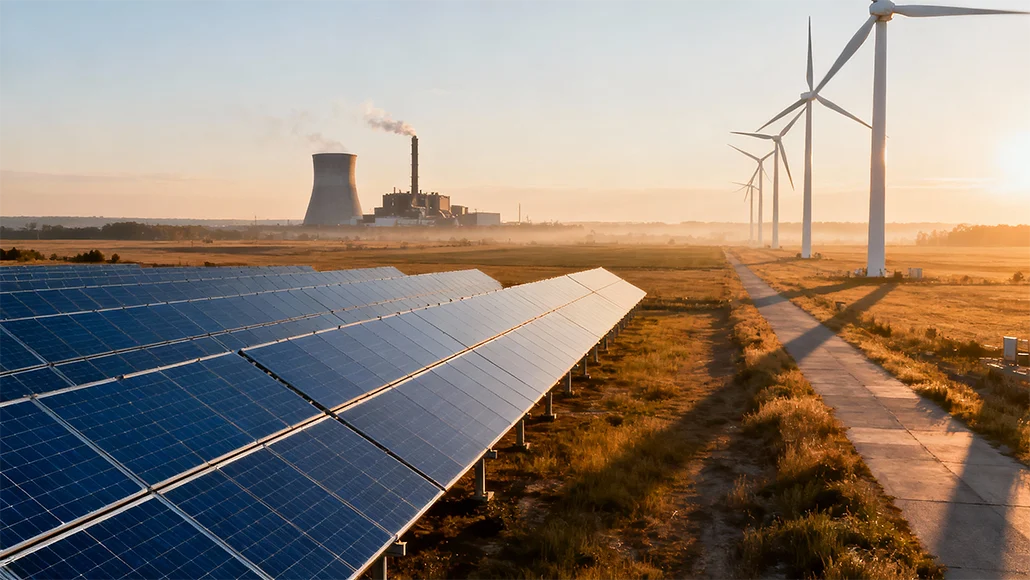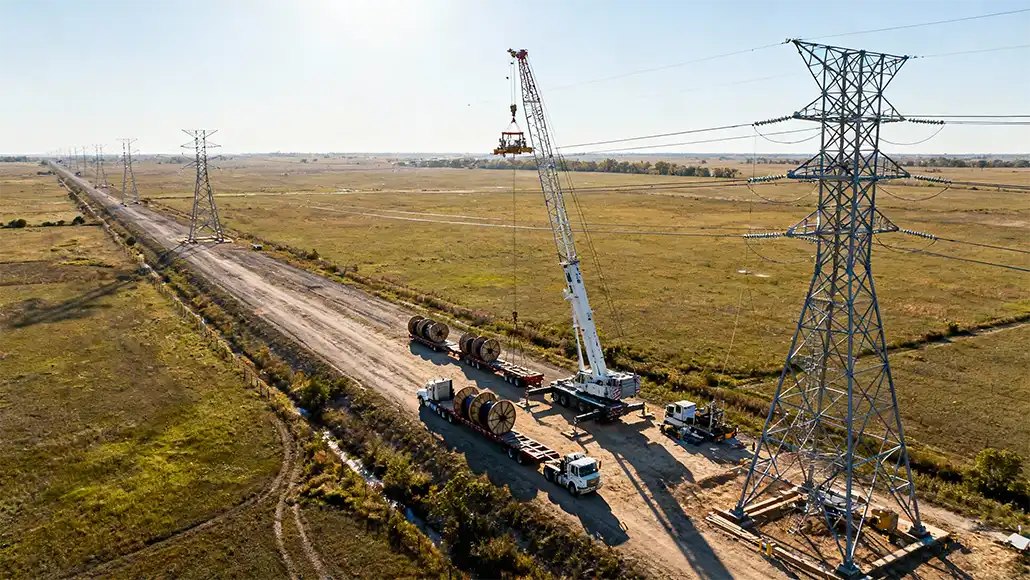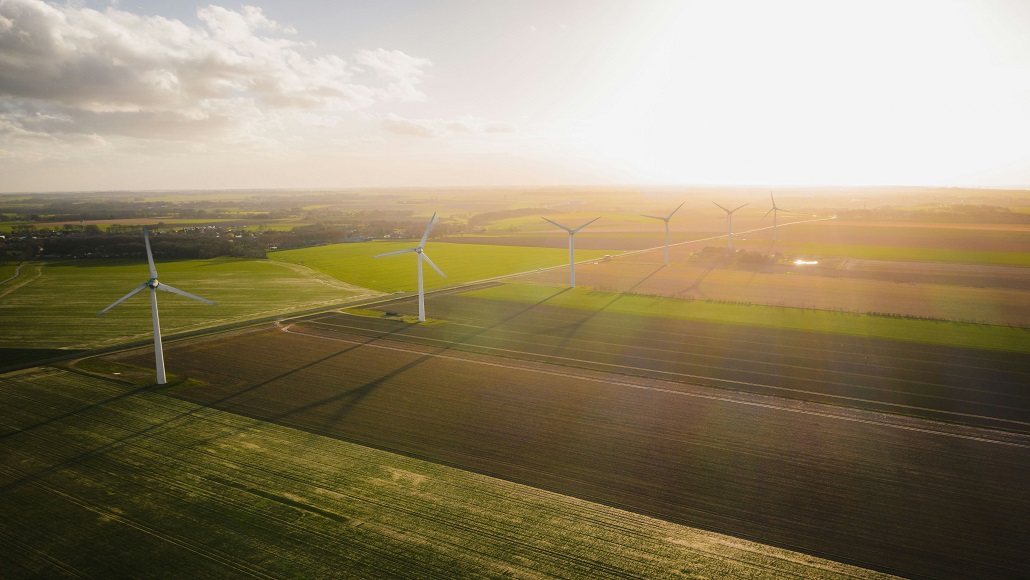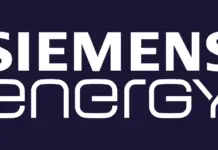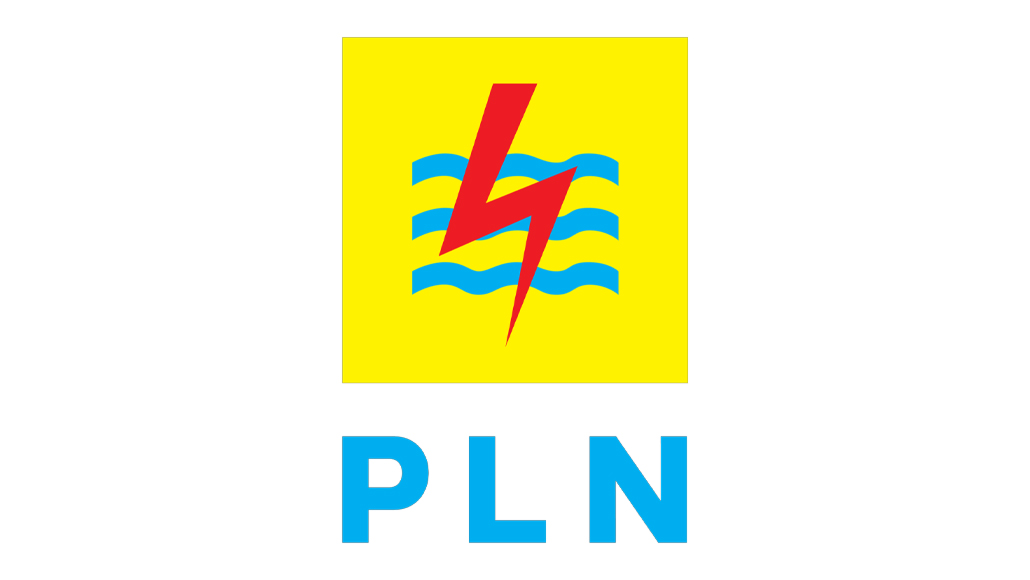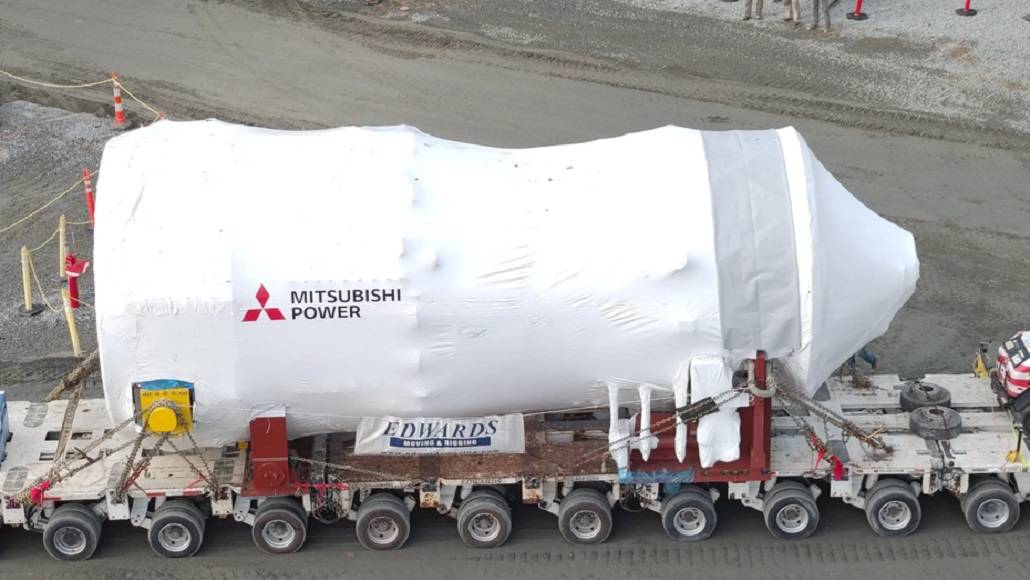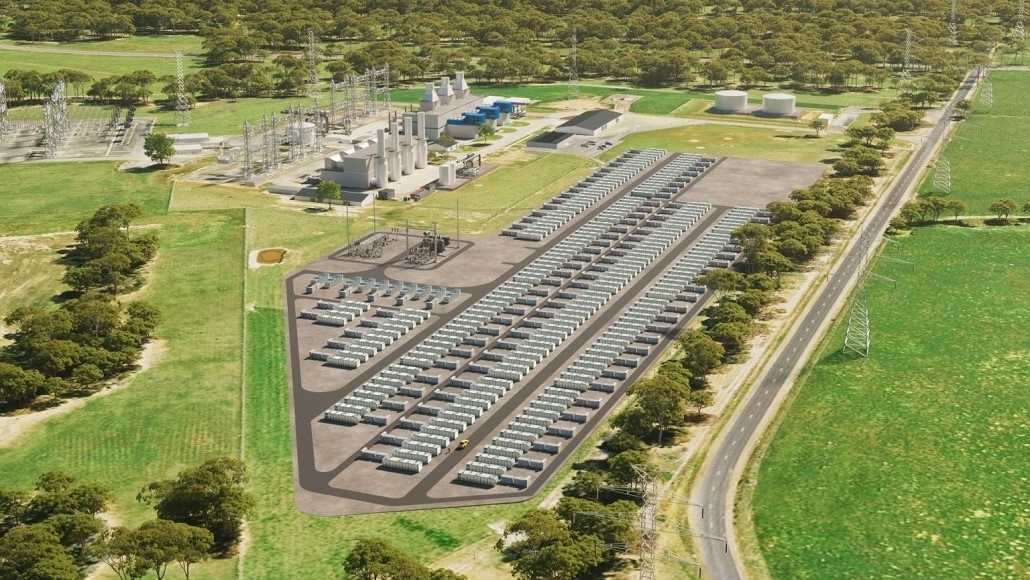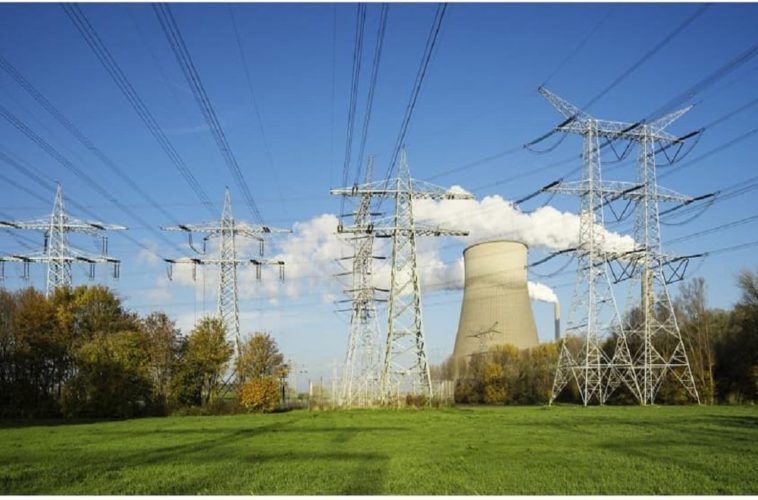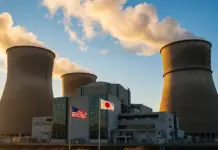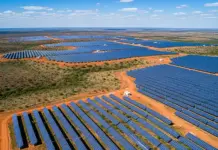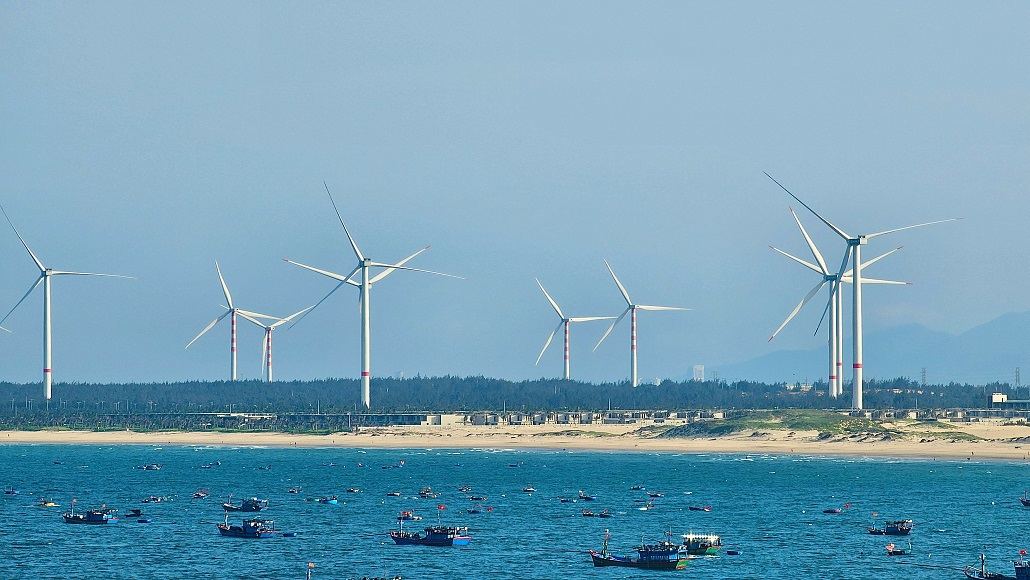As the worldwide transition towards renewable energy intensifies, offshore wind power stands out as being one of the vital contributors to sustainable electricity generation. It is well to be noted that in 2025, the trend of corporate offtake for offshore wind through virtual power purchase agreements (PPAs) is indeed transforming the energy spectrum as companies are increasingly committing themselves to large-scale offshore wind projects. This kind of development goes on to underscore a prominent desire when it comes to stable energy costs. In this article, let’s explore the corporate offtake of offshore wind dynamics, the virtual PPAs’ roles, and the emerging regulatory framework, which are shaping this kind of evolution.
The corporate transition towards renewable energy
The corporate offtake when it comes to offshore wind goes on to represent a rising commitment by businesses in order to purchase renewable energy directly from the producers. Corporations apparently are becoming increasingly aware of this kind of role when it comes to competing with climate change, with many setting themselves very ambitious targets in order to reduce greenhouse gas emissions. This kind of transition is not just a response to the regulatory pressures that have been built, but at the same time also reflects a strategic move in order to align companies’ operations with the principles when it comes to sustainability as well as corporate responsibility.
It is worth noting that in recent years, there are many corporations that have recognized that investments in renewable energy can actually enhance their competitive edge. By way of securing dependable as well as clean energy resources, companies can actually balance their energy costs and also lessen the risks that are associated with fluctuating fossil fuel expenditures. This kind of recognition is evident in the rising number of businesses that are engaging in corporate offtake agreements, especially when it comes to the offshore wind sector, where the potential as far as large-scale energy production happens to be quite significant.
The game-changing nature of virtual power purchase agreements
Virtual power agreements have gone on to become a very critical mechanism when it comes to facilitating corporate investments within offshore wind. Unlike the traditional PPAs where the purchaser goes on to receive physical electricity, virtual PPAs happen to be the financial contracts that help corporations to go ahead and purchase renewable energy at a specific price while still depending on the grid for their energy supplies. This kind of model enables the companies to support offshore wind projects without intricacies when it comes to direct energy sourcing by offering a very practical solution for businesses that are looking forward to enhancing their sustainability profiles.
It is well to be noted that the appeal when it comes to virtual PPAs happens to lie not just in their flexibility but also in their capacity to offer financial certainty. By way of locking in prices when it comes to renewable energy, companies can effectively hedge against market volatility and, at the same time, also predict their energy expenses. This kind of predictability is very attractive to corporations that are looking to integrate renewable energy within their operations while at the same time maintaining budgetary control too.
Interestingly, as major corporations go ahead and increasingly opt for virtual PPAs, they are also boosting the financial viability when it comes to offshore projects. These agreements offer developers long-term revenue certainty, which is required in order to invest in and also construct new offshore wind farms. This kind of trend is indeed fostering a very strong energy market, where the partnership between corporations and renewable energy developers is indeed driving immense innovation and unmatched growth.
Defining the regulatory framework that supports offshore wind
The evolution when it comes to corporate offtake agreements happens to be closely tied to the regulatory frameworks that cover the energy markets. In the years that have gone by, there are many countries that have executed policies that are designed especially to support the progress of renewable energy, especially within the offshore sector.
There are governments that are also introducing streamlined permitting processes, incentives based on financials, and also long-term targets when it comes to renewable energy production, thereby helping the development of offshore infrastructure.
These sorts of supportive regulatory environments happen to create a favorable spectrum for corporate investments in offshore wind. By way of establishing clear guidelines as well as targets, regulators are encouraging corporations to enter into agreements that sync with the national as well as local renewable energy targets. The outcome happens to be a collaborative approach to energy shift that is advantageous to both the environment and businesses.
Moreover, as regulatory bodies go on to recognize the requirement for rising offshore wind capacity in order to meet climate objectives, they are also actively engaging with corporations so as to come up with a framework that helps in corporate offtake. This kind of collaborative approach is indeed very essential to speed up the rollout of offshore wind projects and, at the same time, make sure that corporations happen to meet their commitments related to sustainability.
The future of corporate offtake – what lies ahead?
As we march into the second half of 2025, the corporate offtake of offshore wind is all set for prominent growth. The rising commitment when it comes to businesses in order to attain net zero emissions as well as growing demand for clean energy are indeed driving this kind of trend. In parallel, the continuous development of virtual PPAs along with a supportive regulatory framework is also going ahead and enhancing the attractiveness when it comes to offshore wind corporations much further.
It is well to be noted that as companies currently engage themselves in corporate offtake agreements, they are not just contributing when it comes to expansion of renewable energy capacity, but they are also at the same time shaping the future of energy procurement. This kind of collective commitment when it comes to clean energy represents a very robust shift within corporate strategy in which sustainability is no longer a peripheral challenge, but it is also a central element of business operations.
Conclusion
The corporate offtake when it comes to offshore wind by way of virtual power purchase agreement is also shifting the energy spectrum in 2025. This trend happens to signify a wider commitment by businesses to invest in renewable energy solutions, which are driven by sustainability ambitions as well as the potential for balanced energy costs.
As corporations continue to get associated with these agreements, they play a very prominent role when it comes to supporting the growth of offshore wind projects and, at the same time, advancing worldwide efforts in order to move towards a sustainable energy future.
The partnership between businesses as well as energy developers will be necessary when it comes to shaping a cleaner as well as more resilient energy spectrum by making sure that advantages for offshore wind go beyond into the future.


